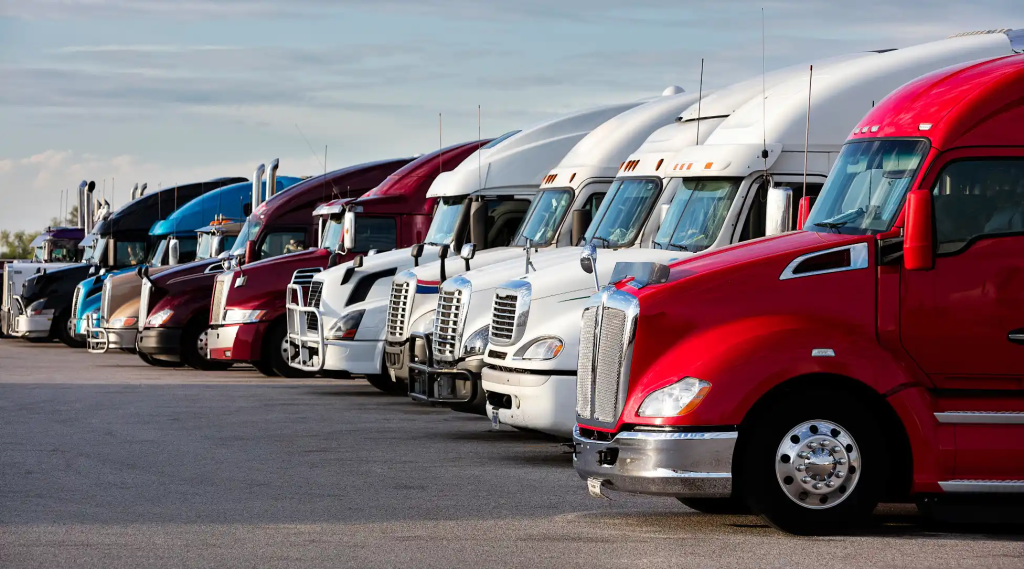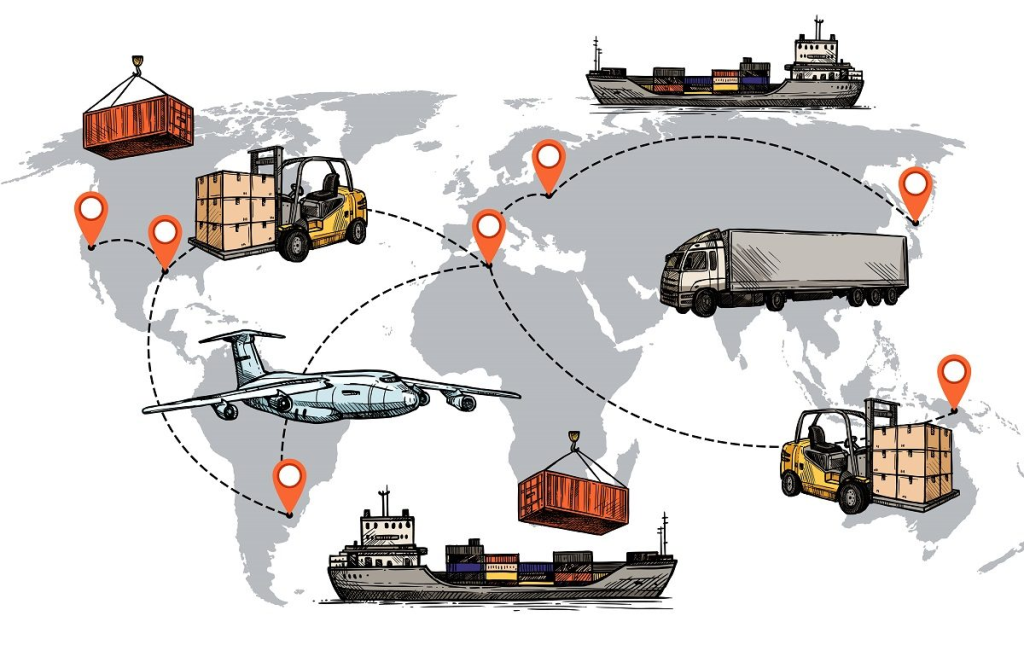The best transportation method for importing goods into China depends on various factors, including the type of goods, urgency, cost considerations, and the distance involved. Here are some common transportation methods:
1.Sea Freight (Ocean Shipping):
- Advantages: Cost-effective for large shipments, especially for bulk goods. Suitable for non-perishable items with longer lead times.
- Considerations: Slower compared to air freight. Requires proper documentation and customs clearance.

2.Air Freight:
- Advantages: Faster delivery, suitable for high-value or time-sensitive goods. More secure than sea freight.
- Considerations: Generally more expensive than sea freight. Limited capacity for bulky or heavy shipments.

3.Rail Freight:
- Advantages: Faster than sea freight, more cost-effective than air freight. Suitable for shipments that are time-sensitive but don’t require air transport.
- Considerations: Limited availability of rail routes, especially for certain regions. Documentation and customs processes still apply.

4.Trucking:
- Advantages: Suitable for relatively short-distance transportation within China or from neighboring countries. Can be faster than sea freight and less expensive than air freight for nearby locations.
- Considerations: Limited by distance, road conditions, and border-crossing regulations.

5.Courier Services:
- Advantages: Fast and convenient for small shipments. Door-to-door services are common.
- Considerations: Higher cost for larger or heavier shipments. Suitable for smaller, higher-value items.

6.Multimodal Transportation:
- Advantages: Combines different modes of transport for optimal cost and speed. Can include a combination of sea, air, rail, and trucking.
- Considerations: Requires coordination between various carriers and logistics providers.

When deciding on the best transportation method, it’s crucial to consider the nature of your goods, budget constraints, delivery timelines, and any regulatory requirements. Additionally, working with experienced freight forwarders or logistics companies familiar with the Chinese market can help navigate the complexities of importing and ensure a smoother transportation process.

